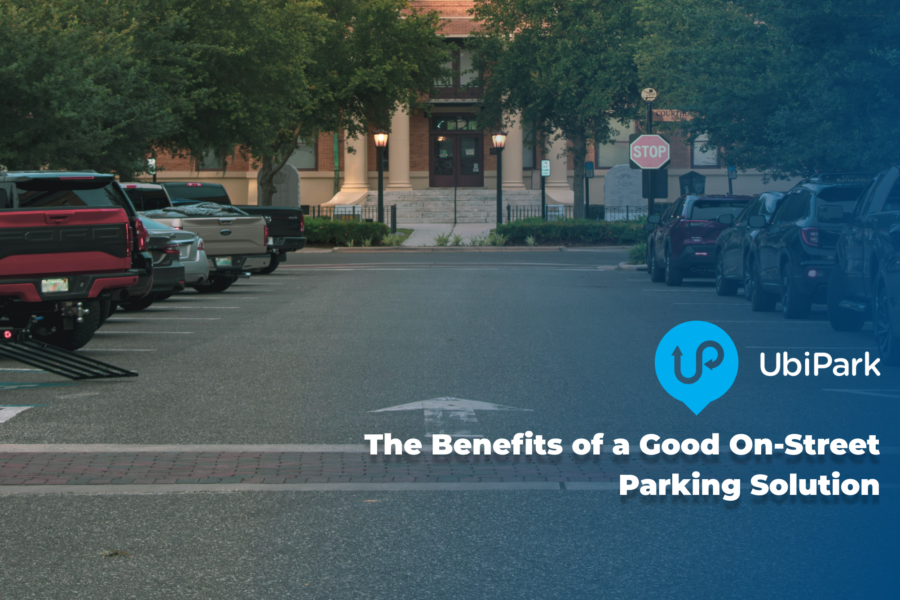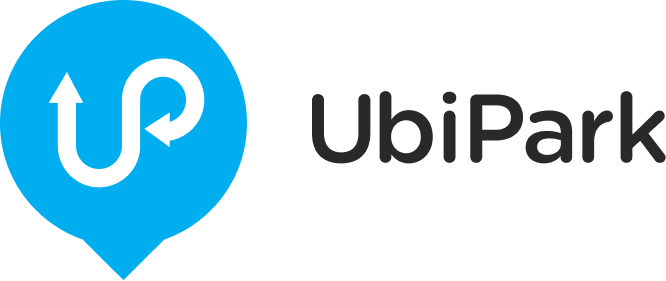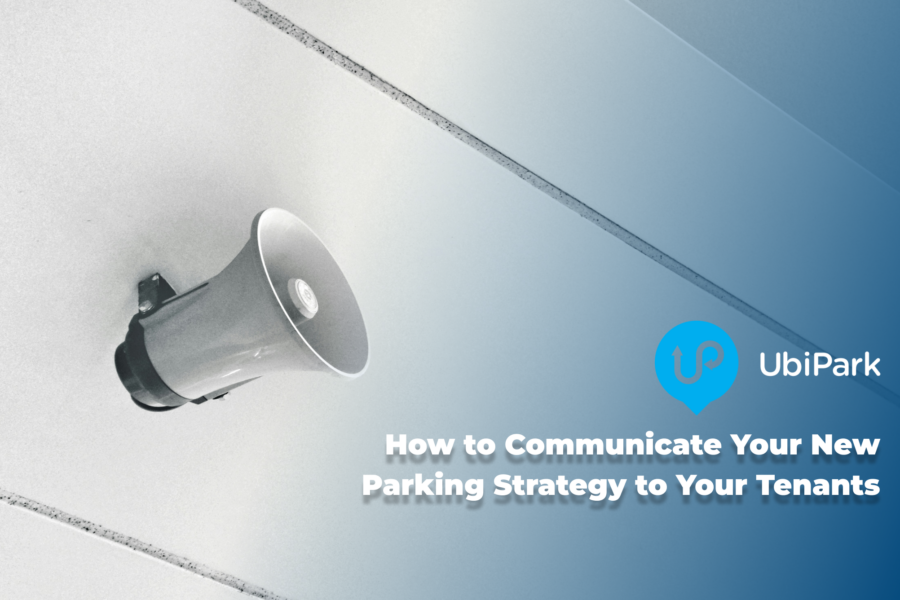Parking Continues to be the Political Football of Melbourne
February 21, 2019
With the next election expected to take place in May this year, Pollies are in full swing when it comes to recommending policies to grab the attention of voters. This couldn’t be more apparent than in Melbourne, with the PM pledging road upgrades and extra train station parking at stations for commuters, in an attempt to ease congestion and win voter approval.
In this latest announcement, the PM has announced more than 1500 new car parks will be added to railways stations throughout Melbourne’s booming southeastern suburbs.
This isn’t the first time commuter parking has been in the Pollies’ crosshairs. Last year, the State Government and opposition both announced plans to provide more train station parking at key locations throughout Melbourne, in an attempt to swing voters in key seats prior to the State election.
Although both the announcements were good news for commuters, questions remain around whether they will actually address Melbourne’s congestion issues or if it is just a band-aid solution put forward by the Government.
Train station parking a city-wide issue
Train station parking isn’t just an issue impacting a few train stations in Melbourne’s ‘booming suburbs’. It is a significant issue right across the city and, in fact, a problem on a national scale.
But, let’s keep our focus to Melbourne for the moment. It’s not just the southeastern suburbs that are booming. According to the Australian Bureau of Statistics, population growth in Melbourne’s North and West are growing rapidly, with Michleham, Rockbank and Wollert seeing population increases of over 20 per cent. So, adding 1,500 car parking spaces in Melbourne’s south-eastern suburbs is only the tip of the iceberg.
We still see many commuters struggling to get a park at train stations in these suburbs, and particularly the inner west, with car parks full by 7.00am. This only increases congestion, as commuters who can’t find a space end up driving towards their destination in search of a park or give up altogether and drive straight to work.
As such, adding a few thousand car parks isn’t going to solve the problem. Instead, we need to take a holistic approach to solve Melbourne’s congestion and commuter problems – not just a few new parking spaces at select train stations.
Commuter only parking
First things first, let’s make train station parking only available to commuters. Too many train station car parks are occupied by non-commuters, taking up valuable space at our transportation hubs.
This needs to stop. The good news is, there is a pretty simple fix. Using smart parking technology and applications, Melbourne’s Myki card system could be linked to a commuters parking account, letting them pay for discounted or free parking. Non-commuters could then be charged at a higher rate or prohibited from the car park altogether.
By limiting commuter car parking to commuters only, those not using public transport will be discouraged from taking up vital spots at transport hubs, increasing capacity for those who need it.
Additionally, by linking commuter parking to the Myki card, the government and local councils will receive more insightful information on commuters transport routes. Not only would they have access to data from the public transport network (demand for trains, trams and buses) but also have a greater understanding of where people are joining the network by car.
Data-driven decisions
Connecting train station car parking to the Myki card is really only the first step in capturing the data we need to make more informed decisions. To ensure we are tackling congestion in the most efficient manner, the government and local councils need to have a complete view of supply and demand for parking.
This can be achieved by aggregating all available parking either at or near the train station. This will help to identify where there might be underutilised car parks in the area that could be used as overflow train station parking. For instance, it might be a local stadium that sits empty all week, could be used to facilitate commuter parking.
The City of Melbourne has already taken the first steps towards understanding real-time parking supply and demand, through the implementation of parking sensors throughout its on-street parking bays. But, this is only the tip of the iceberg. We need to start mapping all parking, on and off-street, to create a comprehensive picture of what is available to commuters, as well as the utilisation of those car parks.
Once we have built a comprehensive picture of utilisation, we will have a better understanding of supply and demand, allowing for data-driven decisions on which stations need additional parking as a priority.
Data in the hands of the commuters can keep them on track
Even better, once we have this data available, we can put it in the hands of commuters. This will empower them to make informed decisions regarding their commute, as well as better enable them to connect with the public transport network and reduce congestion.
Smart parking applications are already enabling this. Apps, like UbiPark, let commuters see current car park information, from rates, restrictions, hours of operation and, most importantly, vacancies in real-time. This enables them to select underutilised car parks near a train station or a viable local alternative, maybe one stop back on the train line, before they even leave the house.
Taking this one step further, these parking apps could be integrated into a holistic transport app, allowing commuters to plan their journey from their house direct to work, no matter what form of transport they use.
For example, imagine you open your commuting app and put your destination in. Utilising the available real-time parking data, the app would suggest a route that takes you directly to an empty car parking spot 10 minutes drive away. From there, it would suggest you could jump on the train into the city. Then, you could get a tram from the train station to a street around the corner from your office.
If everything (including train station parking) is integrated with the Myki card, the whole trip could be paid for through that system, offering a complete commuter solution at the tips of your fingers.
By providing a holistic view of the different transport options and mapping what is currently available to commuters, we can improve the commute for thousands of Melbournians, whilst making more informed decisions around infrastructure investment required by the government.
We can no longer celebrate the band-aid solutions put forward by the government, such as the recent pledge of 1,500 new car parks. In reality, this is only a drop in the ocean and will only solve the problem for so long. Data shows when you build more roads or parking spaces, more people will use them, ultimately exasperating Melbourne’s congestion issues. Instead, we need to take a considered approach to our infrastructure investments, make the most of what we have and utilise the latest smart transportation technologies to offer greater convenience to commuters.



